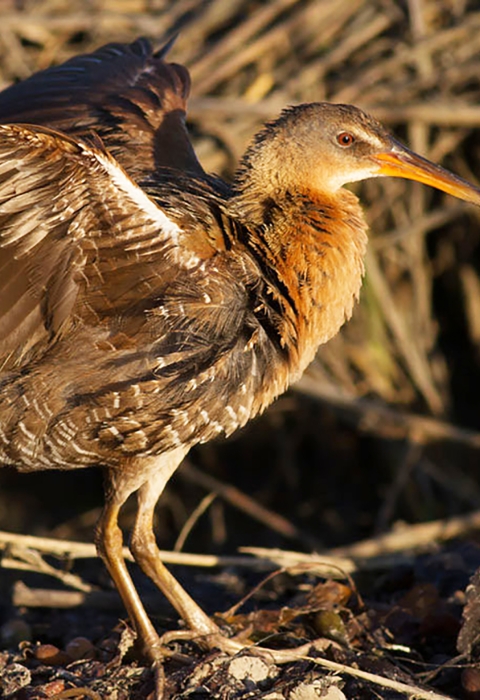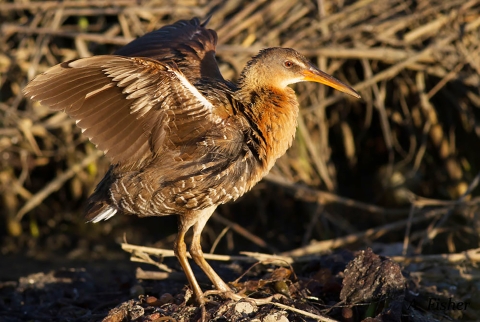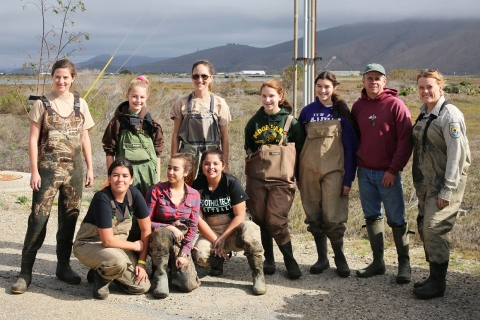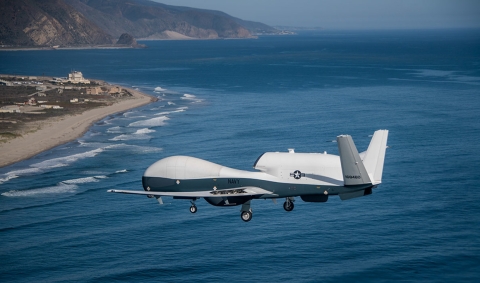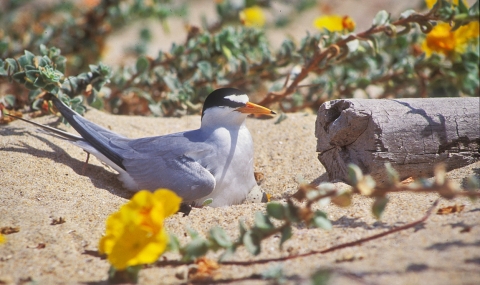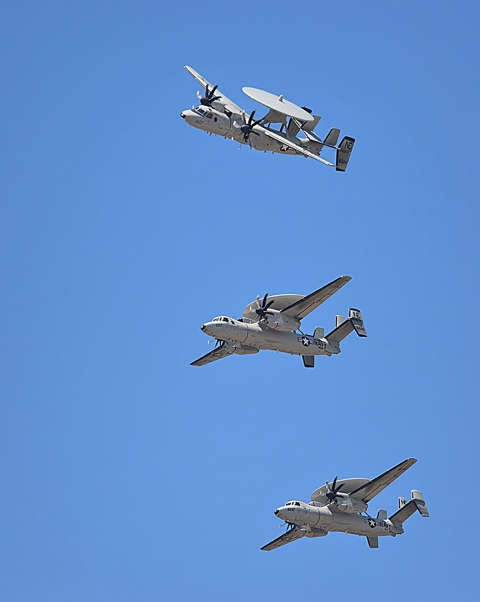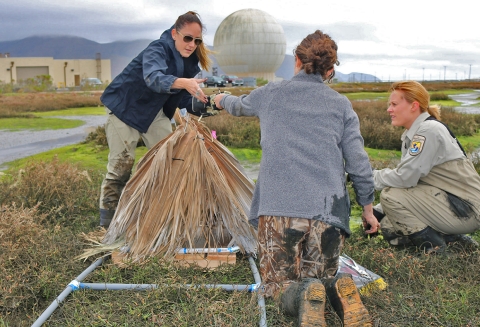By Hazel Rodriguez
Sixty-five miles northwest of Los Angeles, Naval Base Ventura County (comprised of operating facilities at Point Mugu, Port Hueneme, and San Nicolas Island) houses a diverse array of tactical aircraft from E-2 Hawkeyes to MQ-4C Triton Unmanned Aircraft Systems. But did you know that this Naval Base is also home to other rare aerial wonders from the secretive light-footed Ridgway'ss rail to the California least tern?
In fact, the base is a force for conservation of these rare birds, along with other rare wildlife and plants along the central California coast.
Earlier this year, Naval Base Ventura County Natural Resources Conservation Team was awarded the Chief of Naval Operations Award, Secretary of the Navy Award, and the 2018 Secretary of Defense Environmental Award. The latter award acknowledges outstanding conservation achievements and innovative environmental practices, and recognizes individuals and teams throughout the military that promote sound conservation management practices and continued support of the military’s readiness mission.
Naval Base Ventura County includes approximately 2,200 acres of wetlands, including the largest functioning salt marsh salt marsh
Salt marshes are found in tidal areas near the coast, where freshwater mixes with saltwater.
Learn more about salt marsh in coastal Southern California, and is home to numerous fish, bird, plant, and invertebrate species.
Among the long list of diverse federally protected fauna and flora found on base are western snowy plovers, the light-footed Ridgway's rail, California least terns, the least Bell’s vireo, tidewater gobies and the salt marsh bird’s beak. Without compromising the integrity of the Navy’s mission, the installation’s Natural Resources Conservation Team ensures that these plants and animals are given the best chance of survival by providing key habitat and supporting their recovery through their Integrated Natural Resources Management Plan.
Point Mugu hosts one of the largest California least tern colonies in the state. California least terns were listed as endangered in 1970 due to habitat loss, human disturbance and other factors. Recently, Navy biologists incorporated Unmanned Aerial Systems technology into their annual nesting survey efforts which was previously labor-intensive footwork for biologists and inherently caused disturbance in the nesting colony.
“Imagery taken from the drone helps collect data on nesting success, without having to disturb the terns by having to enter the colony to collect data,” said Martin Ruane, resource manager at the Naval Base.
The elusive light-footed Ridgway’s rail, a hen-sized marsh bird, faced extinction in the 1980s due to habitat loss. For more than 30 years, the U.S. Fish and Wildlife Service has worked with recovery partners, including the U.S. Navy, to help boost the population statewide.
In 2016, Service and Naval Base biologists teamed up with the Girl Scouts of California’s Central Coast to build and deploy nest platforms to create nesting habitat in Point Mugu’s coastal lagoons. The light-footed Ridgway’s rail typically builds its nest in areas to avoid flooding by tides, yet must be dense enough to provide protection from predators and support the bird’s relatively large nest.
Ruane placed Service wildlife cameras inside the nests to monitor rail activity during the spring nesting season.
“The girls willingness to get muddy, installing the rafts, and see this project to completion, was great. Now it is up to the rails to decide how they want to use these rafts, hopefully to nest or raise their young,” Ruane said. “We’ve seen the rails and their chicks use the rafts to stay safe during high tides and to roost at night, that’s a success, and we are hopeful they will be used for nesting in the future.”
For some, it may come as a surprise that military installations like Naval Base Ventura County have become leaders in conservation, but the reality is that the Department of Defense manages over 25 million acres of land on more than 425 military installations.
Many of these installations have set aside acres of land, restricted from public access and free from residential development for many threatened and endangered species.
“Our military lands hold some of the most precious natural resources along California’s coastline, and provide important habitat for many of our imperiled fish, wildlife, and plants. Navy Base Ventura County truly goes above and beyond with their proactive approach to conservation of rare plants, animals, and at-risk species,” said Rachel Henry, wildlife biologist for the Service based in Ventura, California.
